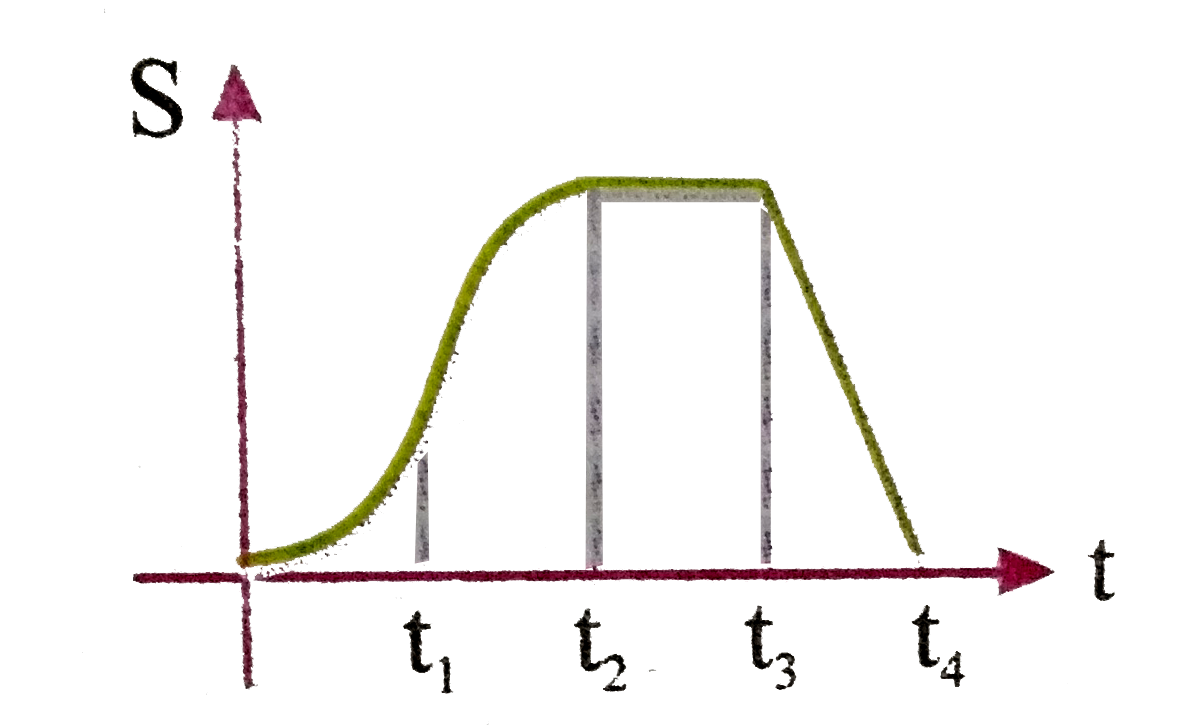For a given surface, the Gauss's law stated as ∫E.dS=0. From this, we can conclude that
E is necessarily zero on the surface
E is perpendicular to the surface at every point
the total flux through the surface is zero
the flux is only going out of the surface
The correct Answer is:C
Step by step video & image solution for For a given surface, the Gauss's law stated as int E.dS = 0. From this, we can conclude that by Physics experts to help you in doubts & scoring excellent marks in Class 12 exams.
Topper's Solved these Questions
- BOOK - AAKASH SERIESCHAPTER - ELECTRIC CHARGES AND FIELDSEXERCISE - Exercise-II56videos
ELECTRIC CHARGES AND FIELDS
- BOOK - AAKASH SERIESCHAPTER - ELECTRIC CHARGES AND FIELDSEXERCISE - Practice Exercise57videos
ELECTRIC CHARGES AND FIELDS
- BOOK - AAKASH SERIESCHAPTER - ELECTRIC CHARGES AND FIELDSEXERCISE - Assess Your Self13videos
ELECTRIC CHARGES AND FIELDS
- BOOK - AAKASH SERIESCHAPTER - DUAL NATURE OF RADIATION AND MATTEREXERCISE - PRACTICE EXERCISEX42videos
DUAL NATURE OF RADIATION AND MATTER
- BOOK - AAKASH SERIESCHAPTER - ELECTRIC FIELD AND POTENTIALEXERCISE - PROBLEMS (LEVEL-II)26videos
ELECTRIC FIELD AND POTENTIAL
Similar Questions
Knowledge Check
- Question 1 - Select One
From the passage, we can conclude that:
ANew ventures are not risky.BNew ventures are inherently risky.CFinancial investment in a new venture is always non-profitable.DConservative projection of companies' profits is suggested - Question 2 - Select One
The surface considered for Gauss's law is called
AClosed surfaceBSphereical surfaceCGaussian surfaceDPlane surface
In a certain region of space, the electric field is zero. From this, we can conclude that the electric potential in this region is:
View SolutionTension in the cable supporting an elevator, is equal to the weight of the elevator. From this, we can conclude that the elevator is going up or down with a
View SolutionAt time t=0, a particle is at (−1m,2m) and at t=2s it is at (−4m,6m). From this we can conclude that in the given time interval.
View SolutionDisplacement time graph of a particle moving in a straight line is as shown in figure.
From the graph we can conclude that work done on the block is :
 .View Solution
.View SolutionIf A∩B=A∪B then what can we conclude ?
View SolutionDuring β-decay of stationary nucleus , an electron is observed with a kinetic energy 1.0 MeV . From this ,what can be concluded about the Q-value of the decay ?
View Solution

